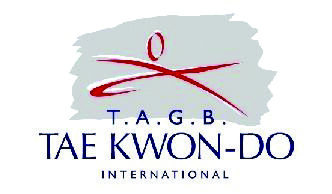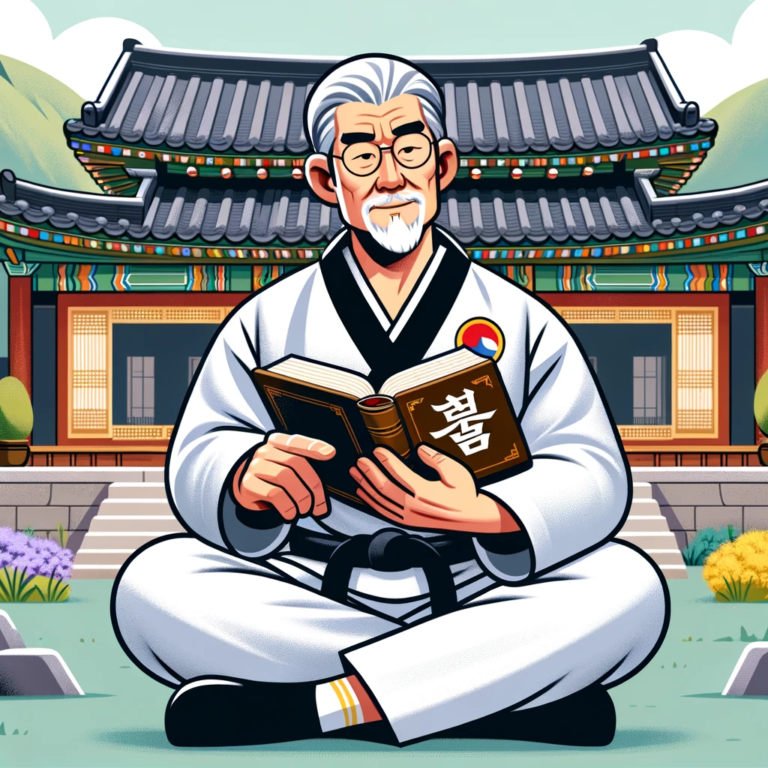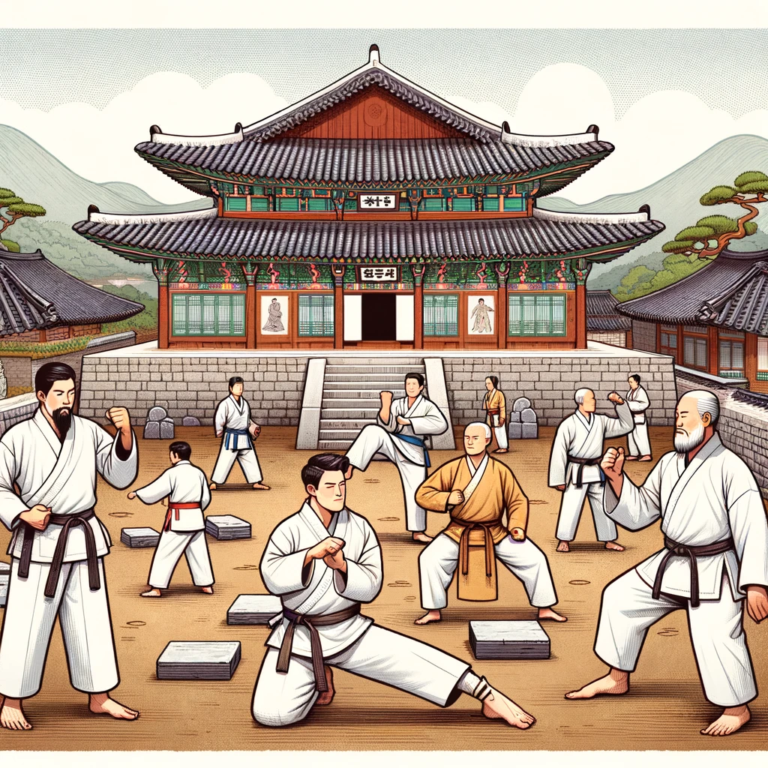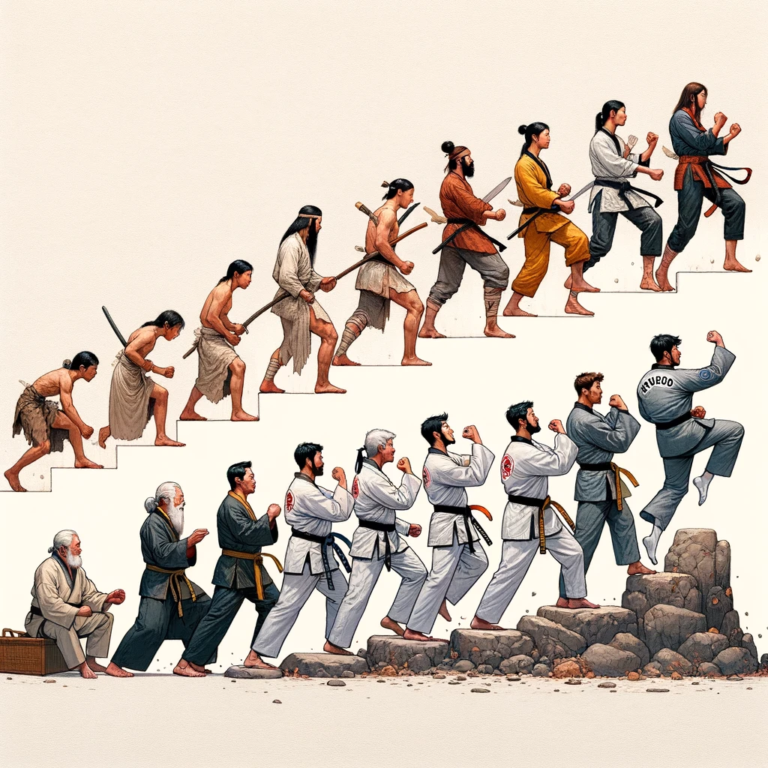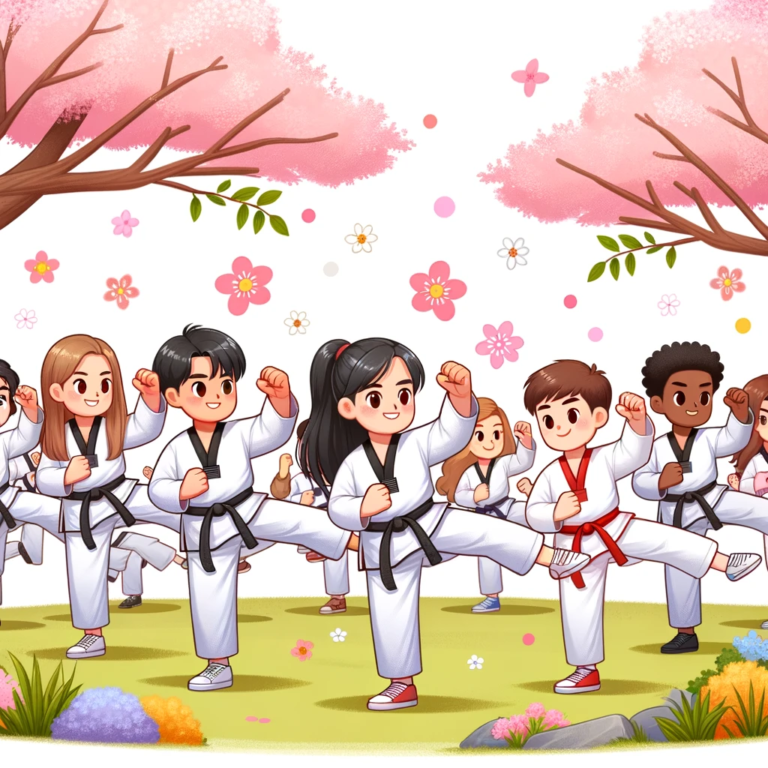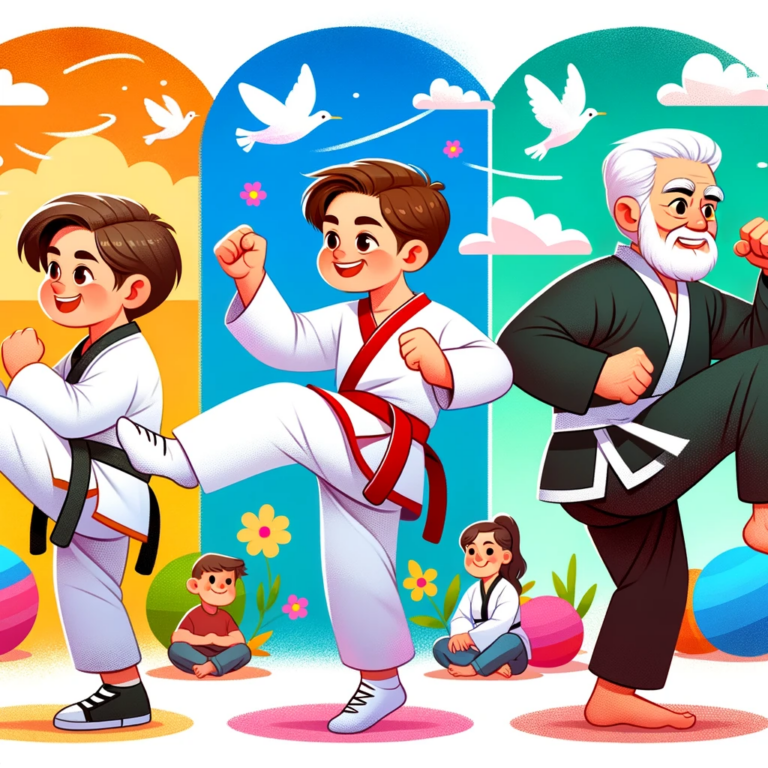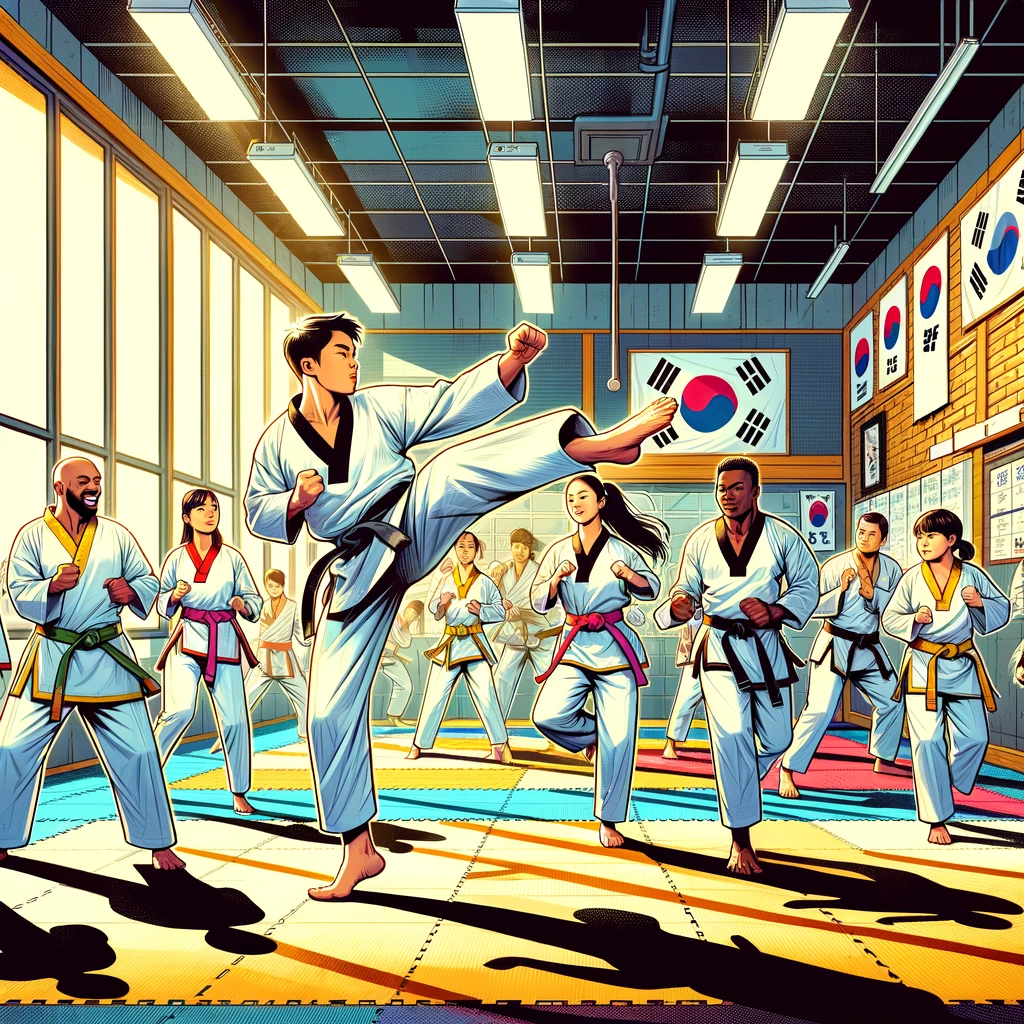
Exploring the Essence of Tae Kwon Do, a name that resonates with power and grace, is not just a martial art but a comprehensive discipline that weaves physical prowess with philosophical depth. Originating from Korea, this art form has transcended its geographical boundaries to become a globally revered practice. Let’s delve into what Tae Kwon Do genuinely means and its unique place in the martial arts world.
| Aspect | Details |
|---|---|
| Definition | Korean martial art emphasising foot and fist techniques |
| Composition | “Tae” (foot/leg), “Kwon” (fist/fight), “Do” (way/discipline) |
| Physical Focus | Head-height kicks, jumping/spinning kicks, fast techniques |
| Mental Discipline | Emphasis on mental strength, ethical discipline, respect |
| Historical Origins | Developed in Korea, influenced by Korean and Chinese martial arts |
| Modern Practices | Sparring, forms (poomsae), self-defence, breaking techniques, and weapons training in some schools |
The Etymology and Philosophy
At its core, Tae Kwon Do amalgamates three Korean words: “Tae”, meaning foot, “Kwon” signifying fist, and “Do”, representing the way or discipline. This combination speaks volumes about the art – a path that harmonises using feet and fists in a disciplined approach. It’s a dance of strength and strategy, where every movement is more than just a physical act; it reflects a more profound, philosophical journey.
A Blend of Physical and Mental Agility
Tae Kwon Do is characterised by its focus on head-height kicks, jumping, spinning kicks, and rapid kicking techniques. This emphasis on agile and dynamic movements makes it not only a physically demanding practice but also one that requires acute mental focus and discipline. A Tae Kwon Do practitioner is not just trained in the art of combat but is also nurtured to develop mental resilience, ethical discipline, and a profound respect for the art and the opponent.
A Rich Historical Tapestry
The roots of Tae Kwon Do are steeped in history, drawing influences from various martial arts traditions like Taekkyon and Subak, as well as Chinese martial arts and Karate. Developed during the mid-20th century, it has evolved into a modern martial art, now overseen by significant bodies like the International Taekwondo Federation (ITF) and World Taekwondo (WT). Its inclusion in the Olympics since 2000 has further cemented its status as a globally recognized sport.
More Than Just a Martial Art
Tae Kwon Do is broader than physical training. It extends into various facets, including forms (poomsae), sparring (gyeorugi), breaking techniques, and self-defence strategies. Interestingly, while not a formal part of the curriculum, some schools incorporate weapons training, adding another dimension to this multifaceted art.
The Social and Community Aspects
Beyond the physical and mental training, Tae Kwon Do fosters a sense of community and social interaction. Many practitioners find a second family in their dojos, where the atmosphere is about learning, sharing and growing together. This aspect of Tae Kwon Do often goes unnoticed but is integral in shaping the inclusive and supportive culture synonymous with this martial art.

Personal Development Through Tae Kwon Do
Tae Kwon Do’s influence extends far beyond the physical realm, playing a significant role in personal development. Practitioners often experience improvements in self-confidence, discipline, and perseverance. These traits are beneficial in the dojo and translate into everyday life, making Tae Kwon Do an invaluable tool for personal growth.
Key Benefits:
- Self-Confidence: Regular training enhances self-esteem and confidence.
- Discipline: The structured training develops a strong sense of discipline.
- Stress Relief: Physical activity in Tae Kwon Do is an effective stress reliever.
- Social Skills: Interactions in training and events boost social engagement skills.
Tae Kwon Do on the Global Stage
Tae Kwon Do’s journey to becoming an Olympic sport is a testament to its global appeal and recognition. The art form’s inclusion in the 2000 Sydney Olympics marked a pivotal moment, bringing it into the international sports arena. This milestone elevated the status of Tae Kwon Do and inspired a new generation of martial artists worldwide.
Global Impact:
- Cultural Exchange: International competitions foster cultural understanding.
- Health and Fitness: Its promotion of physical health resonates globally.
- Gender Equality: Tae Kwon Do is inclusive, appealing to all genders equally.
The Future of Tae Kwon Do
Looking ahead, Tae Kwon Do continues to evolve, adapting to the changing needs of practitioners while staying true to its core principles. With technological advancements, we are likely to see more innovative training methods and wider accessibility for learners of all backgrounds.
Looking Ahead:
- Technological Integration: Use of technology in training and competition.
- Inclusivity: Broader outreach to ensure everyone has access to learn and practice.
- Adaptation: Continual evolution of techniques and teaching methods.
In conclusion, Tae Kwon Do is more than a martial art; it’s a journey of self-discovery, discipline, and cultural exchange. Its rich history, diverse training methods, and global influence make it a unique and enduring practice. As it continues to grow and evolve, Tae Kwon Do remains a significant and influential art form on the world stage.
